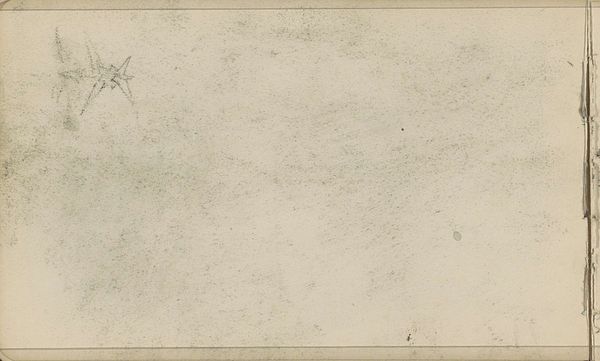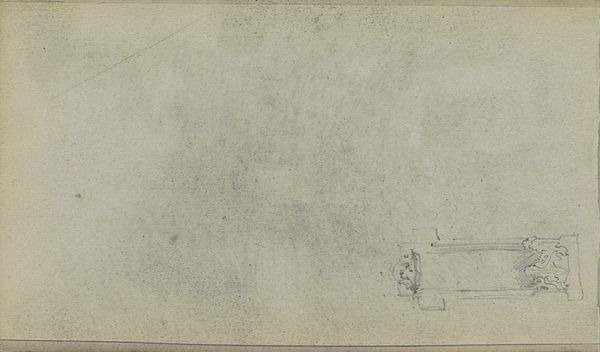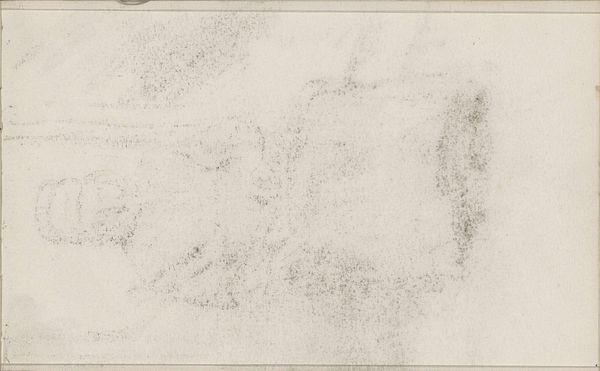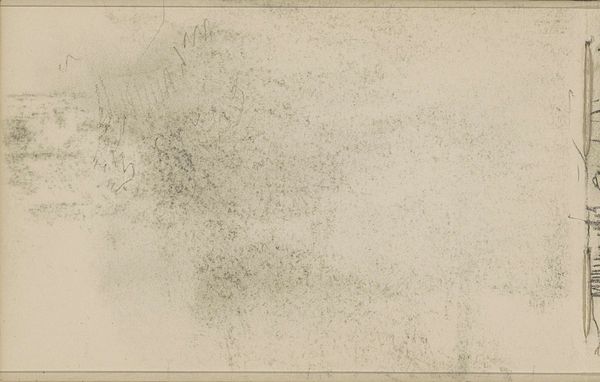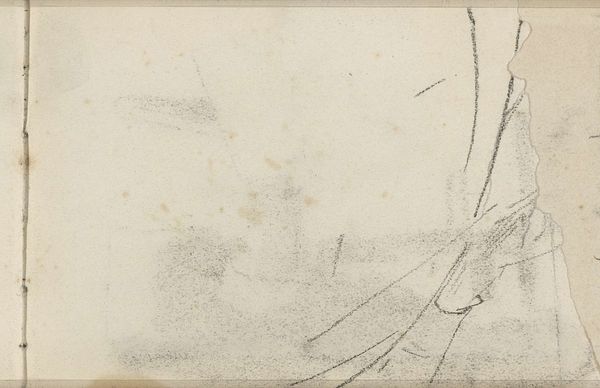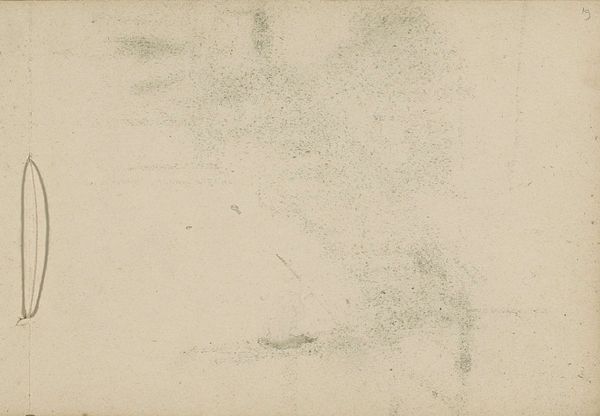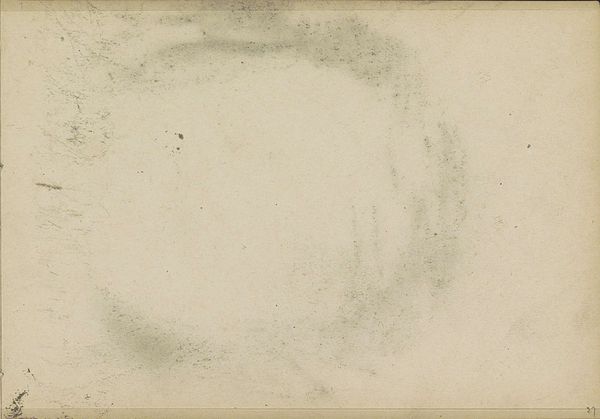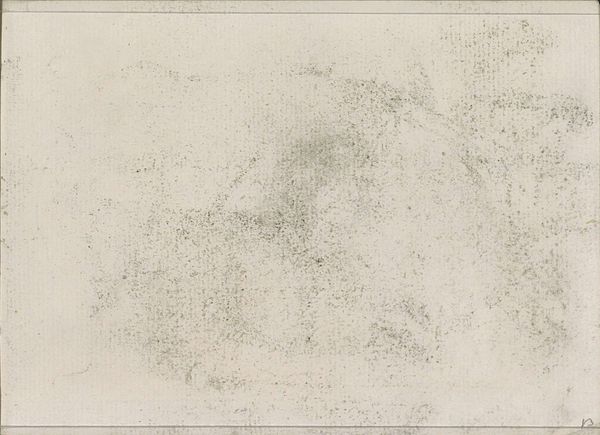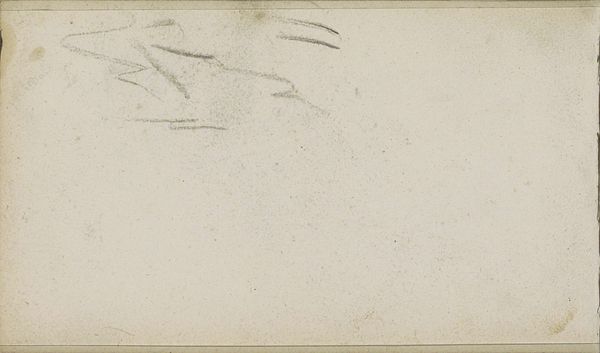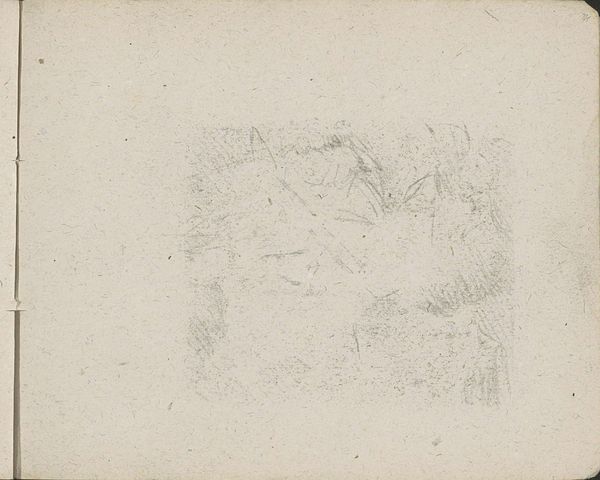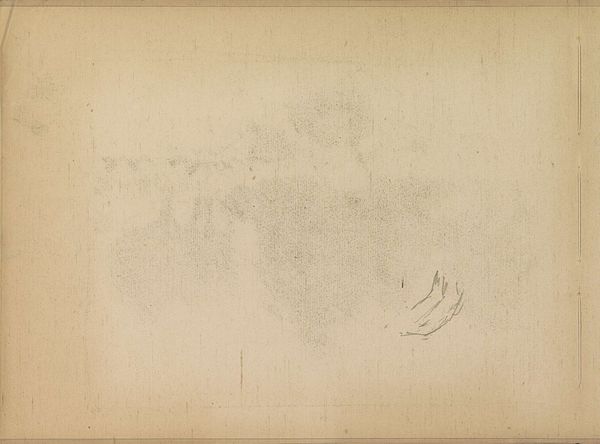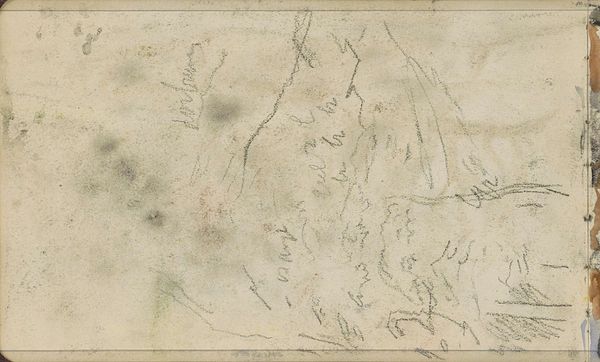
drawing, paper, pencil, graphite, pastel
#
pencil drawn
#
drawing
#
pencil sketch
#
paper
#
form
#
pencil
#
abstraction
#
line
#
graphite
#
pencil work
#
pastel
Copyright: Rijks Museum: Open Domain
Curator: Alright, let's dive into this intriguing piece. We're looking at "Studie" by Johan Antonie de Jonge, a work believed to have been created sometime between 1901 and 1927. It's a drawing done with pencil, graphite, and possibly pastel on paper. What’s your take on it? Editor: Well, first blush? Ethereal, almost like a faded memory struggling to hold its form. It’s quite faint. Makes me feel like I'm peering through a dusty attic window. Curator: I find that compelling. Notice the interplay of line and form. The artist has used these simple mediums to create something very compelling with what appear to be abstract shapes. What do you notice in terms of compositional structure? Editor: On the right, it's all these energetic lines converging, radiating—there’s something almost architectural or perhaps botanical in that radiating energy. Meanwhile, the rest is this nebulous expanse. Semiotically, the contrast feels deliberate, doesn't it? Curator: Precisely! It could be argued that de Jonge explores a tension between chaos and order. Perhaps "Studie" is exactly what it claims to be; it seems to embody process over a definite resolution, a study of visual dynamics for their own sake. There's a lack of specificity in those blurred textures which pulls me right into the artwork's ambiguous space. What feeling is evoked for you? Editor: There's definitely a raw intimacy to the pencil strokes. I get this feeling that de Jonge wants to share the artist's most foundational workings. What gets me is its unfinished nature. Curator: It certainly has a rawness. But consider this intentional incompleteness a visual philosophy. By stripping away representational convention, the work urges us to confront what constitutes the foundation of art itself. Do we need recognizable objects? Editor: Hmm. It pushes against any easy consumption. There is also something melancholy in that incompleteness, a search, and a striving after something indefinable. The mark on the left kind of highlights that idea too, with the mark almost pulling everything into the foreground, pushing away anything recognizable, bringing us closer to something unidentifiable. Curator: Yes. So, what initially read as unfinished transforms into a compelling open question, what does the interplay of line, texture, and implied form have to tell us? I wonder if de Jonge perhaps wanted the viewer to finish the work. Editor: Well, thanks for nudging me past my initial dusty attic vibes! This has opened up into quite an experience in perception. It certainly makes one ponder, long after leaving it.
Comments
No comments
Be the first to comment and join the conversation on the ultimate creative platform.
